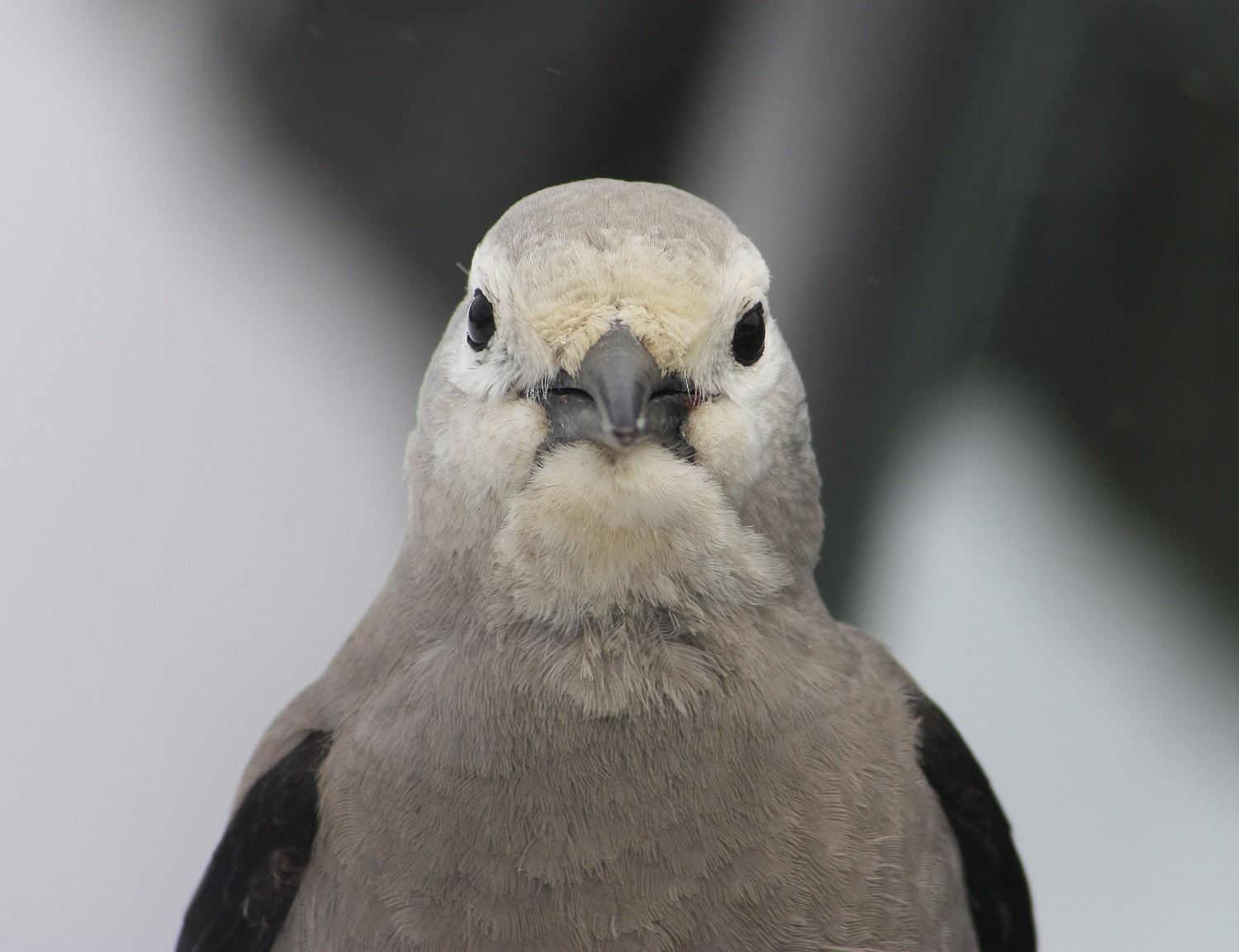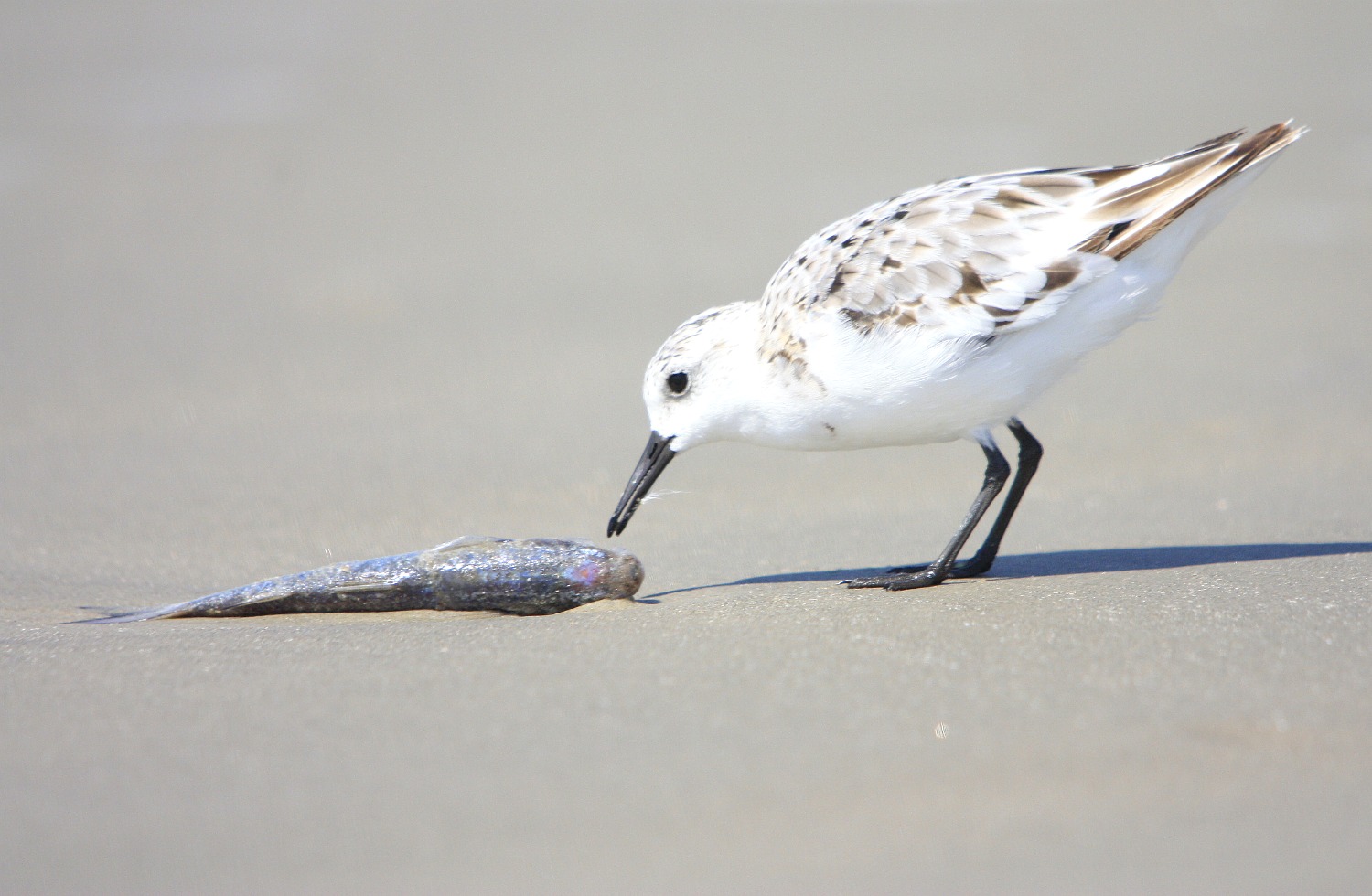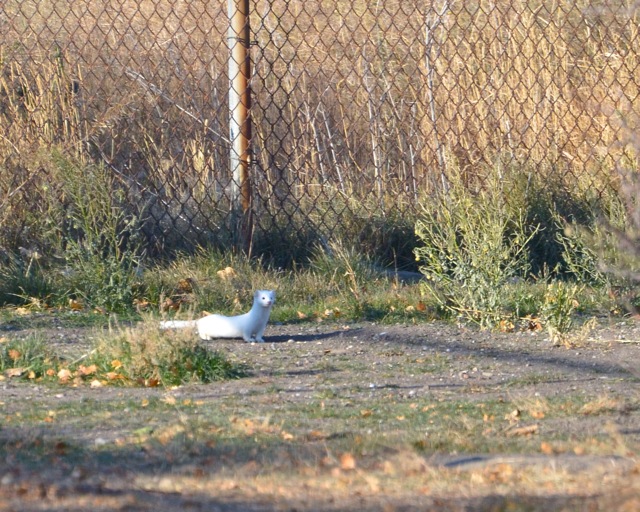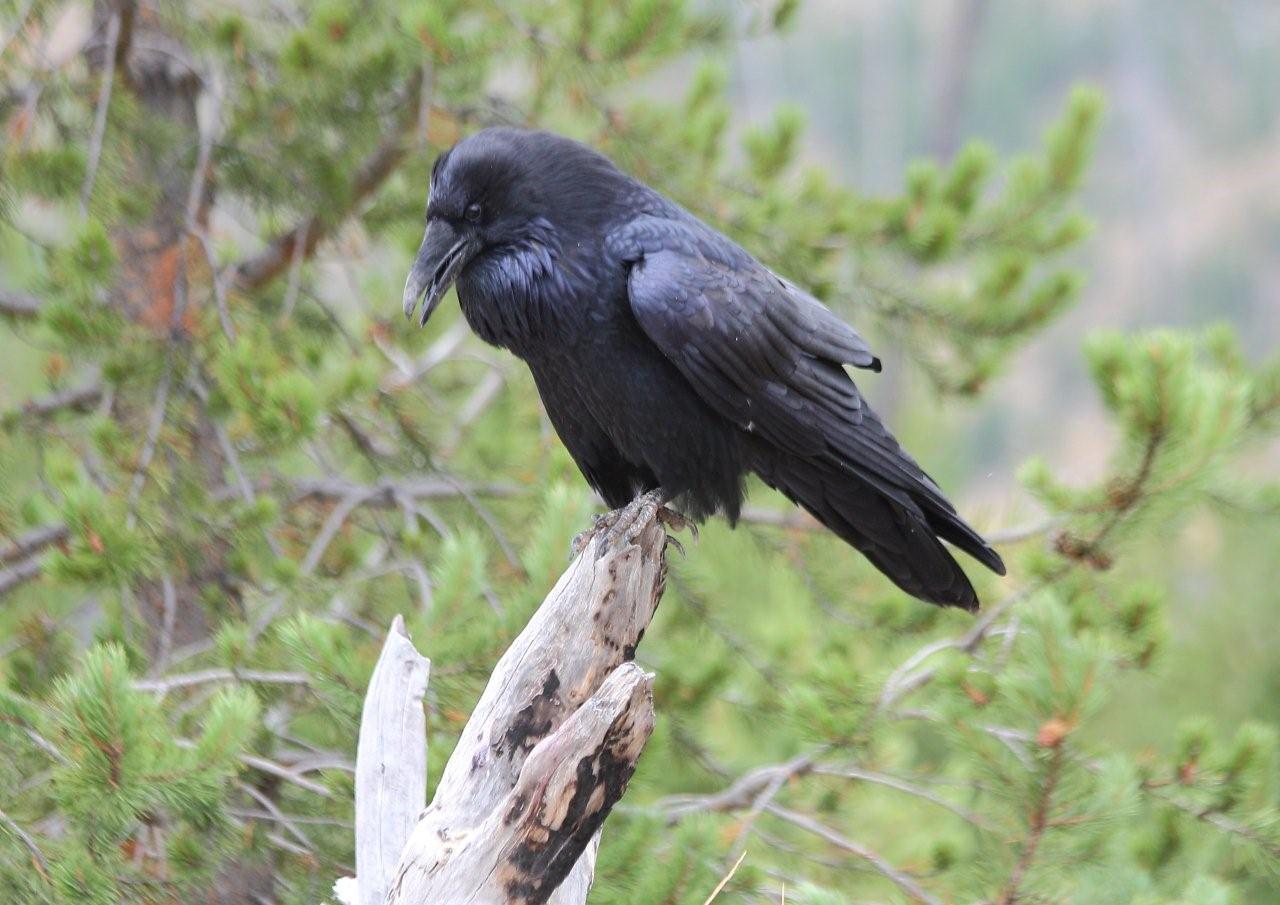I think it is safe to say that most of us here have an interest in birdwatching. Some of us are also interested in photographing birds, documenting what we see and also enabling others to enjoy these sightings . Bird photography can be very tricky though and doesn’t always come out the way we want it to. Through trial and error as well as tips from other nature photographers, I have slowly learned different tricks of the trade and am still learning. Here is one trick that I have found helps me a lot.
Take a look at the picture above. Probably doesn’t do much for you, right? Just a killdeer photograph, nothing exciting about the shot itself. What could have been done to make this a better photograph? I have found that getting low can often drastically improve the photo. Get down at eye level with the bird, you can often create better eye contact with the bird, bringing the viewer into a connection with the photo. The Killdeer will then seem more interesting, not only because of the lower angle, but because of the change in the depth of field of the shot.
Depth of field (also known as DOF), is the term for the amount of distance between the closest and farthest objects that appear sharp in the photograph. In the second picture above, a shallower depth of field (meaning a blurry background) makes the photo less distracting and more pleasing to the eye. In the photo pictured below, I took it one step further, instead of simply kneeling, I lay on my stomach, creating a very shallow depth of field and therefore, a picture that is more likely to catch your eye than the first photo.

Changing the depth of field is a remarkably simple technique but incredibly powerful in the way a photo comes out. By getting low, chances are you can improve your bird photography.
Posted by Matthew Sim






























































